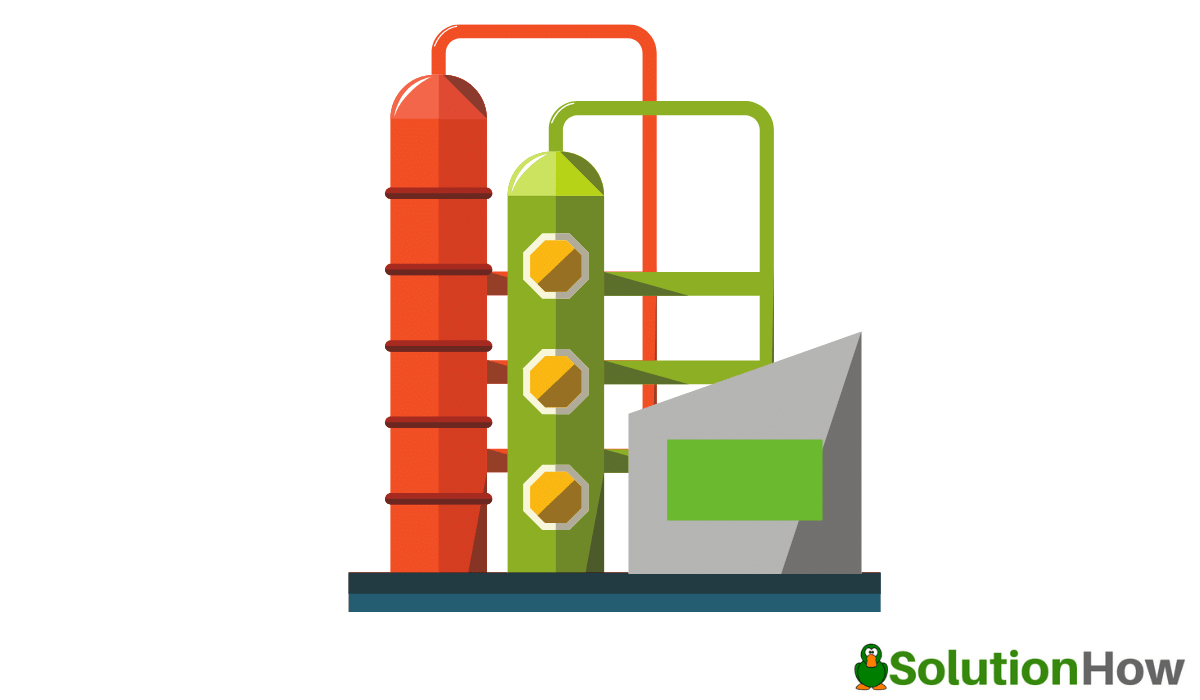
Furnace
Cold weather necessitates a furnace that can operate at high temperatures. This furnace keeps the indoors warm to offer the comfort you need within your home. So if you are thinking about replacing your old and inefficient furnace or installing a new one, then there are some things you need to know about. The cost of installing a furnace will vary depending on various factors.
1) Location
The cost of furnace installation will vary from one place to another. Since location also determines the type of furnace you can have, the cost will vary with where you are living.
2) Brand
The type of furnace brand will also greatly affect the costs. Since some brands offer better qualities and efficiencies and furnaces that are for larger spaces as compared to others that are meant for smaller spaces will all affect the cost.
3) Space
The space where the furnace needs to be installed will also affect the cost to install a furnace. If the area where it’s located requires difficult installation, then there will be added labor costs to the installation. Moreover, the size of the building will also determine the cost, as a large space will require a larger furnace unit.
The cost will also be affected if you are planning to change the location of your furnace or the type of furnace. If previously a gas furnace was installed and is being changed to an electric furnace, then the costs will increase.
4) Furnace size
The house’s construction, square footage, and landscaping will be taken into account when determining the size of the furnace. A furnace that is too large will cause problems like short cycling, and a furnace that is too small will inadequately heat up your house. Usually, a furnace with 100,000 BTUs of heating ability is needed in most homes. You also need to understand your heating needs and then choose a furnace size.
5) Energy source
The main sources of furnaces include oil, natural gas, and electricity. The type of energy source will determine how much you will have to pay to operate the furnace. There will be additional costs for labor if you want to change the type of energy source when installing a new furnace.
6) Labor
On average, the labor can cost from 75 to 100 dollars/ hour depending on the locality, company, and complexity of the location. Additional charges can also be added to the total costs for an assistant working and for the inspection of the furnace. So the cost for furnace installation can be around 950 to 1200 dollars.
Proper knowledge and skills are needed for the job. This is why trained technicians are required for the job. Typically, oil and gas-powered furnaces are best for colder climates since they produce powerful heating. All types of furnaces require annual maintenance but gas furnaces have more maintenance costs. So you need to keep in mind the maintenance costs when choosing the energy source.
7) Furnace efficiency
Furnaces are rated with Annualized fuel utilization efficiency (AFUE) ratio, that is, the percentage of the heat generated for every dollar of fuel used. So a higher rating means lower fuel costs.
Furnaces with a 90% AFUE rating will lose 10% of fuel used for heating purposes. However, furnaces with higher ratings are more costly. So if you want energy-efficient furnaces that have lower costs, then you should go for furnaces with an AFUE rating of 90 to 95%. The costs for installation, maintenance, and repair are much lower than furnaces, with a rating of more than 95%.
Conclusion
As you can see, there are many factors that determine the cost of furnace installation. So you need to be well informed regarding the type of furnace you want and what you are expecting from your furnace. Only then will you be able to make a wise decision.





